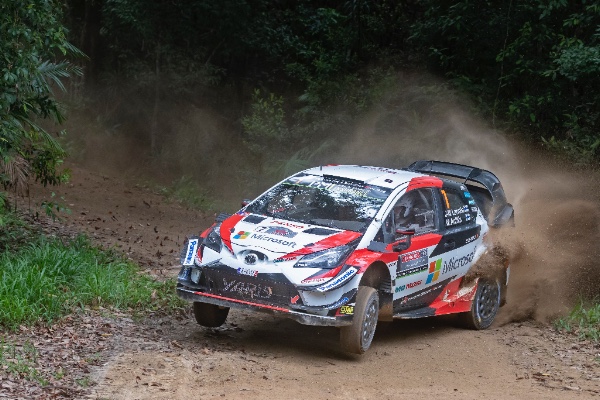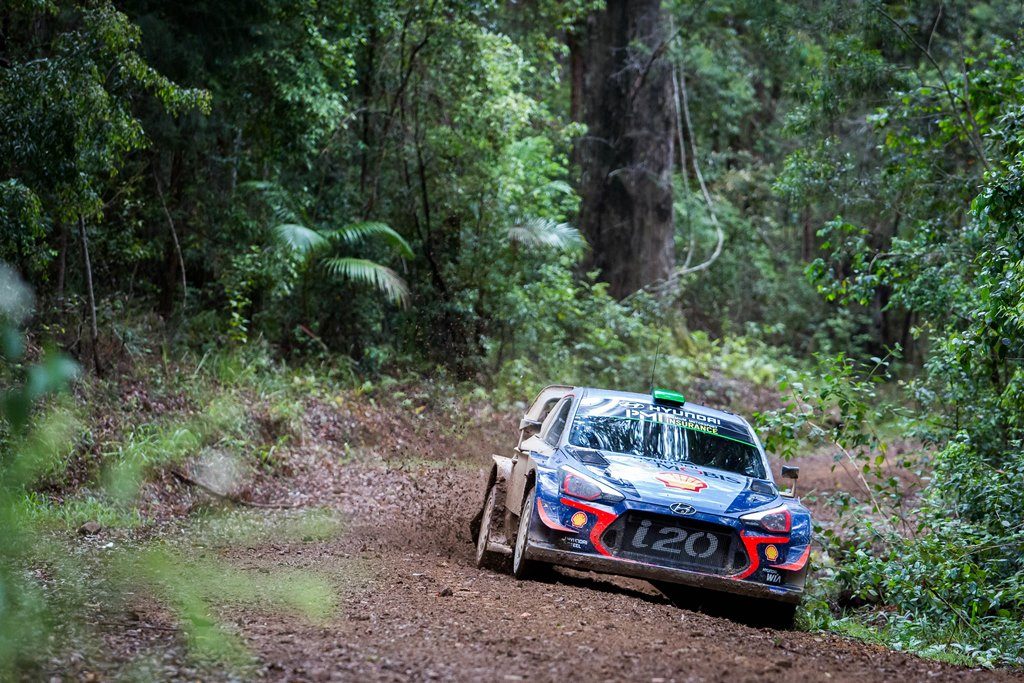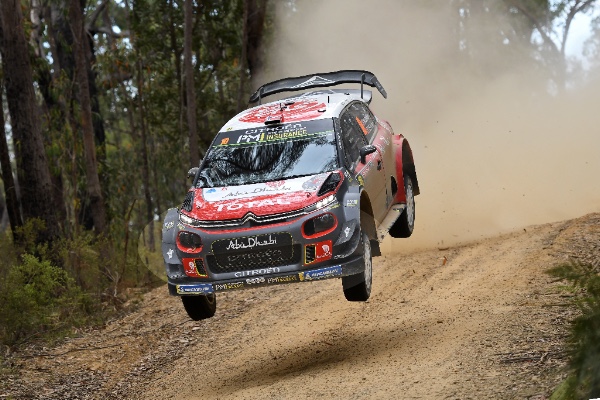It’s all over for Rally Australia with the cancellation of the final round of the 2019 FIA World Rally Championship, as a result of serious bushfires that continue to affect much of northern NSW.
This week’s Rally Australia on the Coffs Harbour coast was to have been the last of eight WRC rounds to be held in the holiday location.
It’s an event that many Kiwis have travelled to as part of many spectator tours, but what was the rally really like, and what made it such a challenge?
For a start, it’s the weather. November in Australia is traditionally hot, and that means dust – and lots of it.
It’s not the fine, powdery dust you’ll find on most New Zealand rallies. This is thick, red dust that hangs in the air, hangs in the trees and makes breathing difficult, let alone seeing the road in front of you.
If there’s no breeze, which is often the case in the forest, then the dust hangs endlessly and forces event organisers to extend the dust gaps between cars, dragging out the rally schedule.

Rally Australia offers a mix of gravel stages that are tight and twisty in the natural Australian bush and rainforests, as well as stages that are faster and more flowing on the wider shire roads south of Coffs Harbour.
When dry, Rally Australia’s stages offer up some of the worst road cleaning of the year, making road position on day one vital.
From 11th on the road, Hayden Paddon would have had a bigger advantage than road sweeper Ott Tanak, for example.
But if it’s wet, the roads become treacherously slippery, as they did in 2011 when rain on the first day saw both Sebastien Ogier and Sebastien Loeb crash out of the rally in their Citroens.
Unlike in New Zealand, the stages in the forests are also lined with trees that are, at times, ridiculously close to the road. Often, these are big trees that destroy cars, such as the one Molly Taylor hit last year in her Subaru WRX.

In fact, one of the rally’s best stages, Shipmans, was removed from the rally itinerary a few years back after complaints from some of the sport’s leading drivers that the trees were simply too close to the road …..
The sun can also be an issue as well. Late in the day the low sun can make visibility difficult as it creates a strobe effect through the trees.
Yet for all the challenges, Rally Australia is a big favourite with the drivers, especially Hayden Paddon, who has a brilliant record at the rally.
Paddon rates Saturday’s ‘Welshes’ and ‘Argents Hill’ stages as his favourites in the World Rally Championship. They are fast and flowing, and remind him a lot about his home country, and what he can expect at Rally New Zealand next year.

The rally was to have finished in the popular Wedding Bells State Forest where the final run through the spectator village continues to excite fans.
There’s a pair of big jumps, before the final left hand corner and water splash in front of thousands of rally fans and team management.
Rally Australia has been no walk on the beach, and those wanting to push for the top results have had to master all of the challenges this notoriously difficult event has to offer.
It has been one of the best run events on the WRC calendar, and has thoroughly deserved its place in the championship.
For all our sakes, let’s hope that the WRC receives a warm Aussie welcome again in the future.



Comments